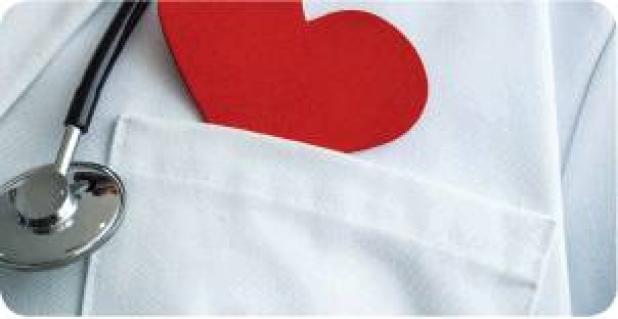
Doc’s Box
Dear Neighbors,
I am excited at the opportunity to begin working with the community at Faith Community Hospital in Jacksboro.
Summer is in full force, and for many youngsters out there this means a break from the books and more hours spent biking, swimming, and hiking. Just wonderful!
Working in a trauma center, I have been thinking a lot about injuries and ways to make summer safer for our community. Below are some high-yield pointers to help keep your summer safe. Statistics on Trauma:
• Trauma is the number one cause of death for people between ages one and forty-six.
• $671 billion a year are lost on healthcare and lost productivity due to trauma.
• An average of 12,175 children die of unintentional injury in the U.S. yearly.
• The leading cause of trauma death is transportation-related.
So what can you do to help make yourself and your family safe this summer?
• Cars: be a stickler about safety belts, obeying speed limits, and defensive driving. Remember that children under 13 should always be in the backseat. Never leave children in the car unattended. Many cell phone apps (such as Waze) can remind you to take your children out of the car once you arrive at your destination as the high temperatures can be lethal to pets and humans.
• Carseats: Infants should be in properly-fitted rear-facing car seats as long as possible-- at least for 2 years of age. After this they may convert to a forward-facing seat with a harness until they grow out of the weight limit on the seat. Children should then convert to a beltpositioning booster seat until they reach 4 feet 9 inches tall and over 40 pounds.
• Driving: Don’t text and drive. Don’t drink and drive. Don’t drive sleepy. Period.
• Suffocation: Infants should sleep on their backs (“back to sleep”) in a regulated crib without crib bumpers, stuffed animals, excessive blankets, etc. Also, keep blind cords, other loose strings, ropes, and wires out of the reach of children. Recent reports show that suffocation deaths from these items are very high.
• Biking: Ensure that you and your children make it a habit to always wear a helmet. Strap your helmet to your bike so you never forget it. Check that your reflectors, tires, and bike hardware are in good working order before heading out.
• Pools: Enroll children and those who cannot swim in swim and water safety lessons. If you have a pool, invest in a non-climbable fence that surrounds the pool. This is one of the few interventions that has been shown to save lives in the realm of pool-safety. Pool alarms have not been shown to be beneficial.
• Lakes: Alcohol mixed with water sports, swimming, and boating greatly increases the rate of injury. Also, always outfit your family in life jackets as water currents can be umanagable even for strong swimmers.
Sources: www.healthychildren.org; www.cdc.gov; www.aafp.org.
Stay Safe Friends,
Dr A.
Doc’s Box is a weekly column written by Shiv Agarwal, MD with Global Family PracticeSM, pLLC as well as other colleagues. Any medical opinions in this column are general and should not be adopted without first visiting and discussing with your Family Physician. To protect your privacy and personal health information, please direct your health questions to your personal physician during a scheduled office visit in lieu of writing in to the column. To schedule an appointment with Dr. Agarwal, reach his scheduling team at 940-567-5528.
